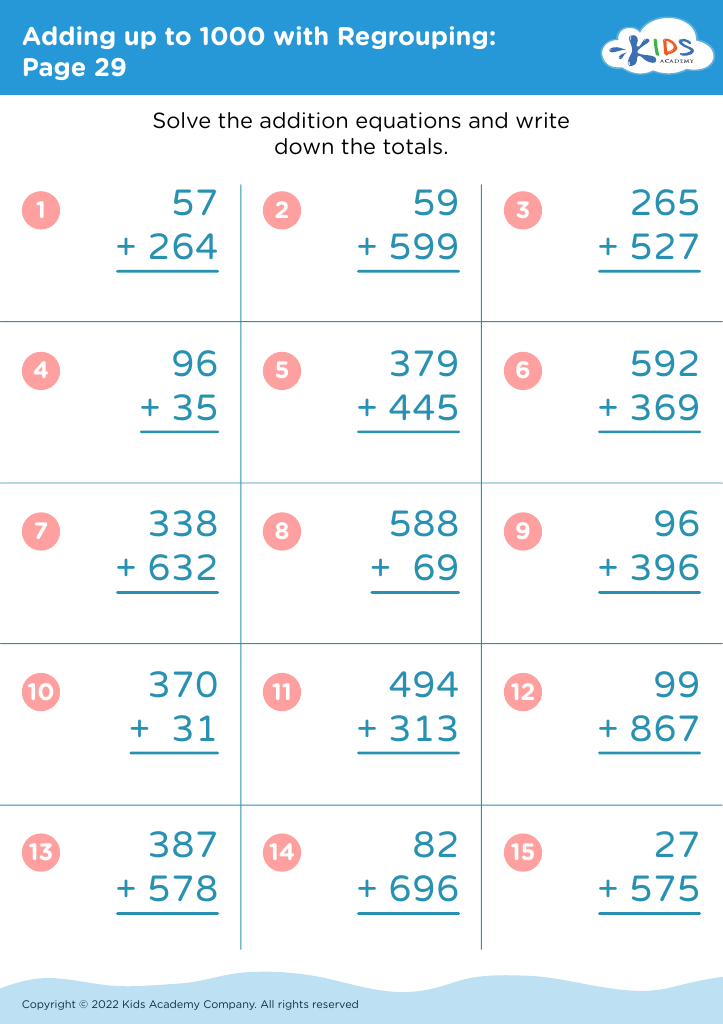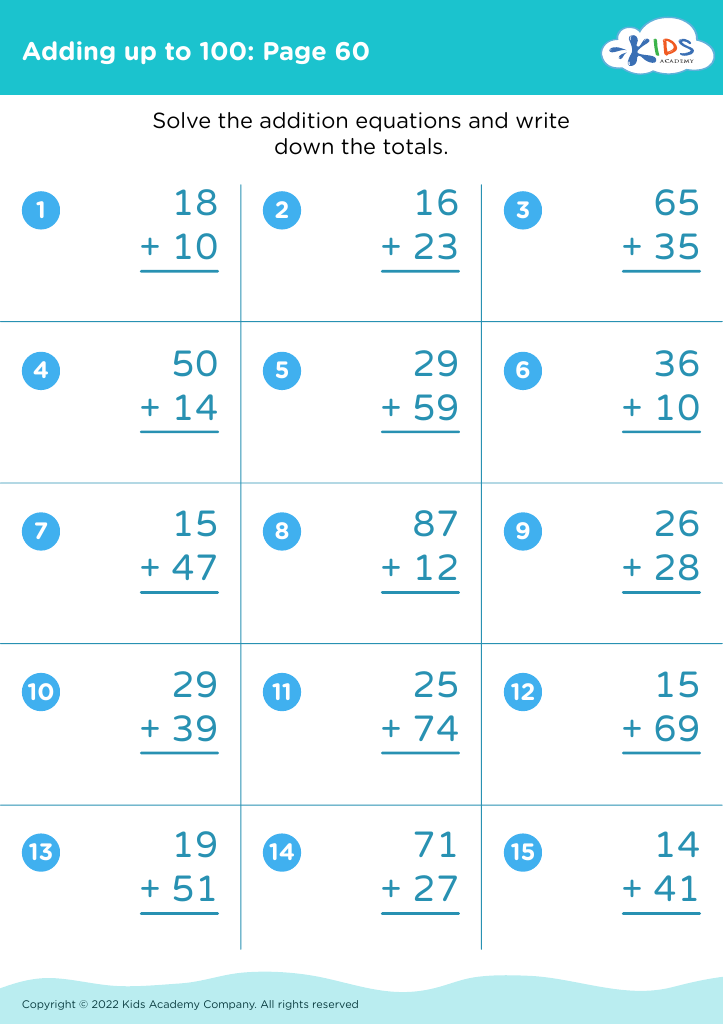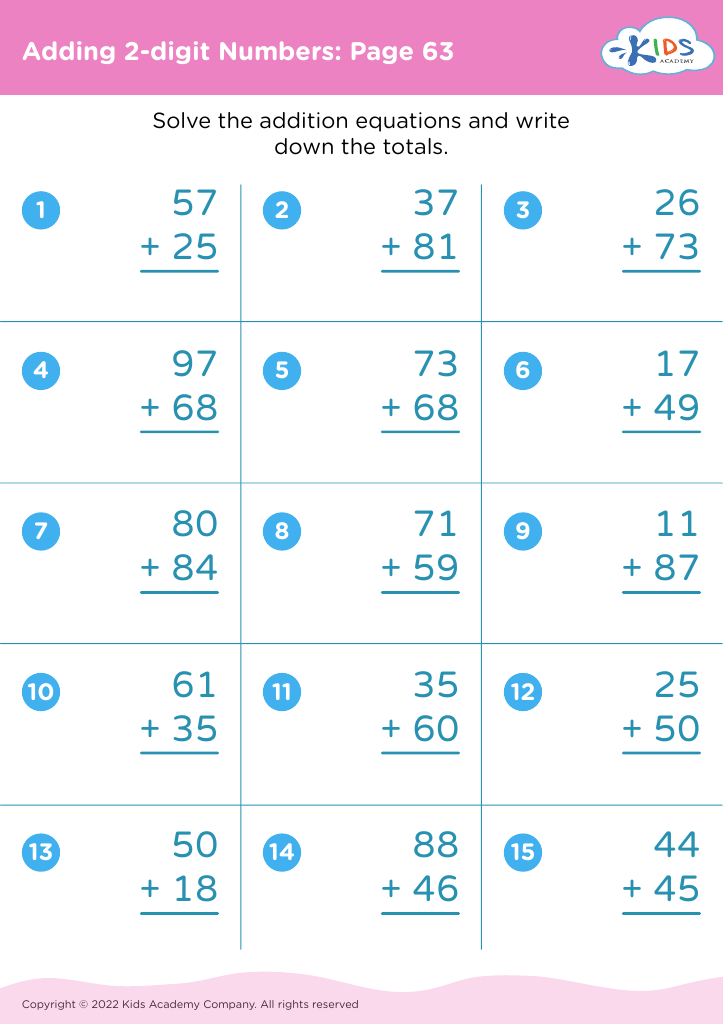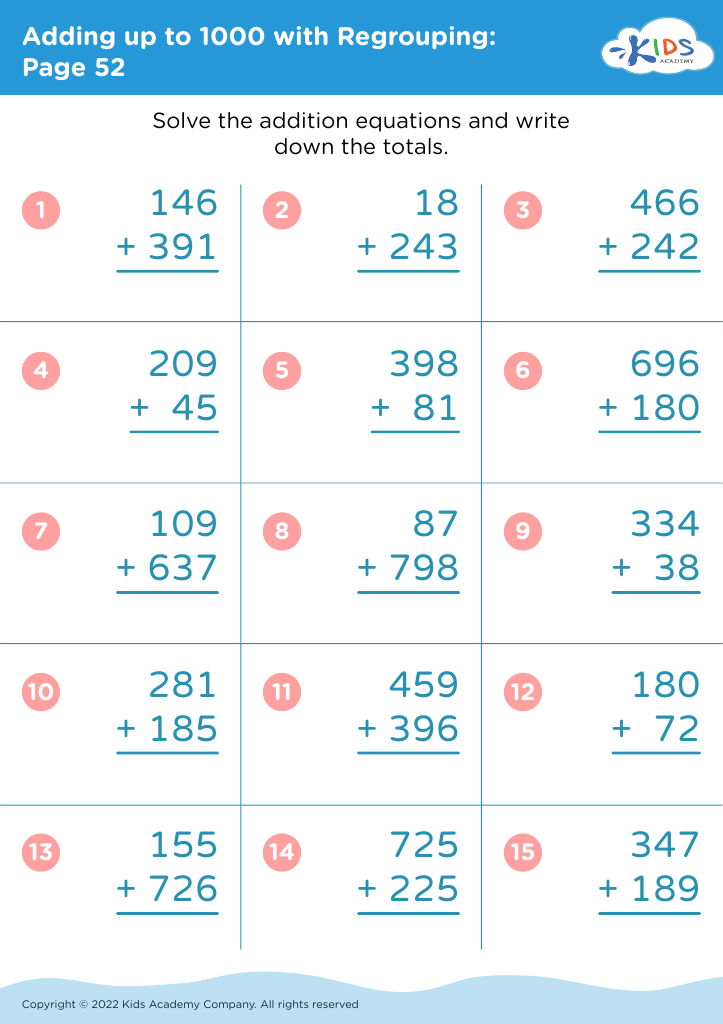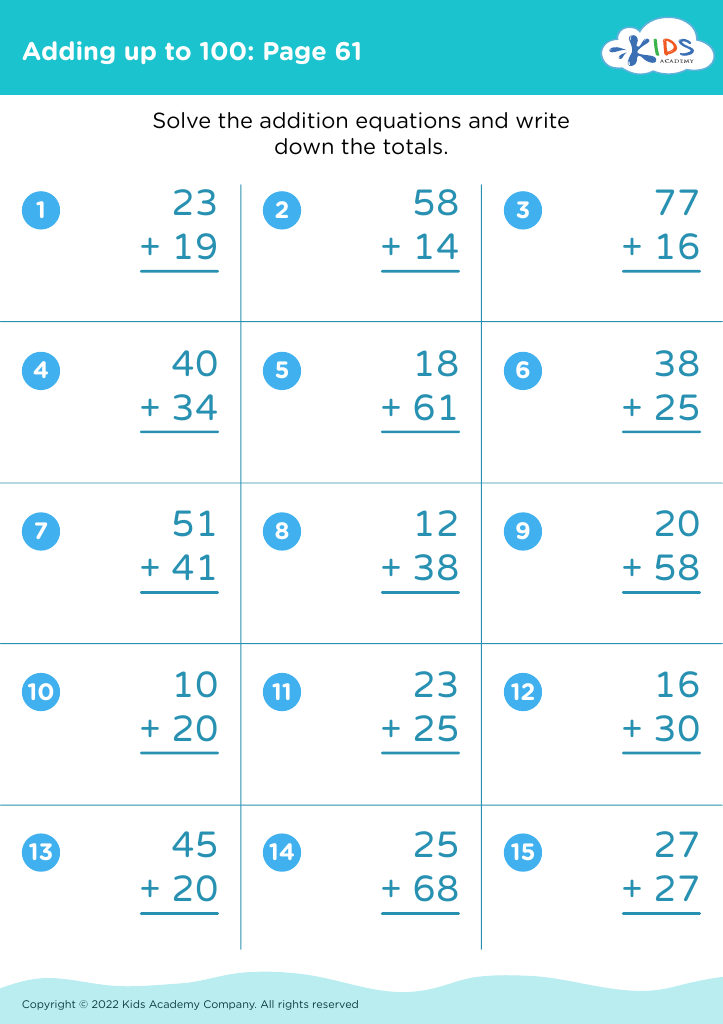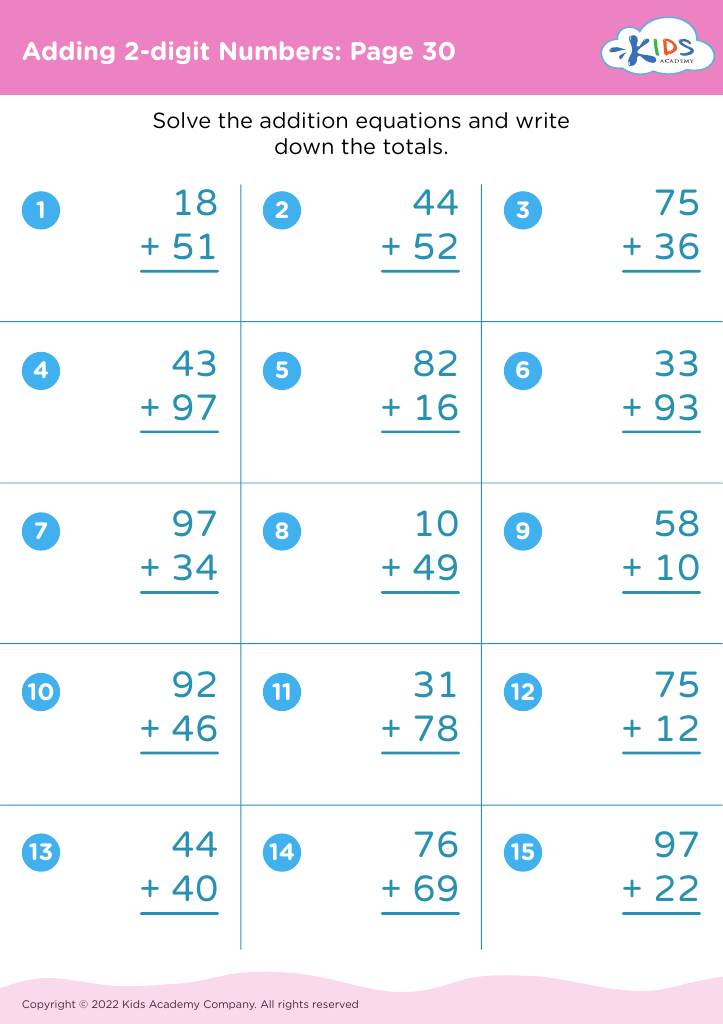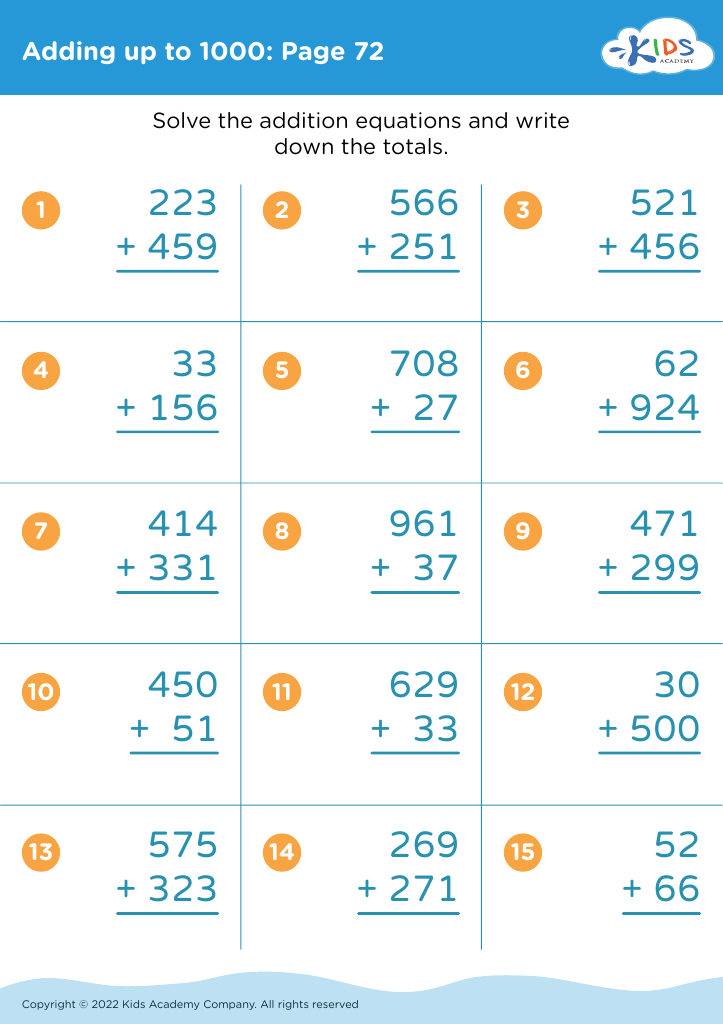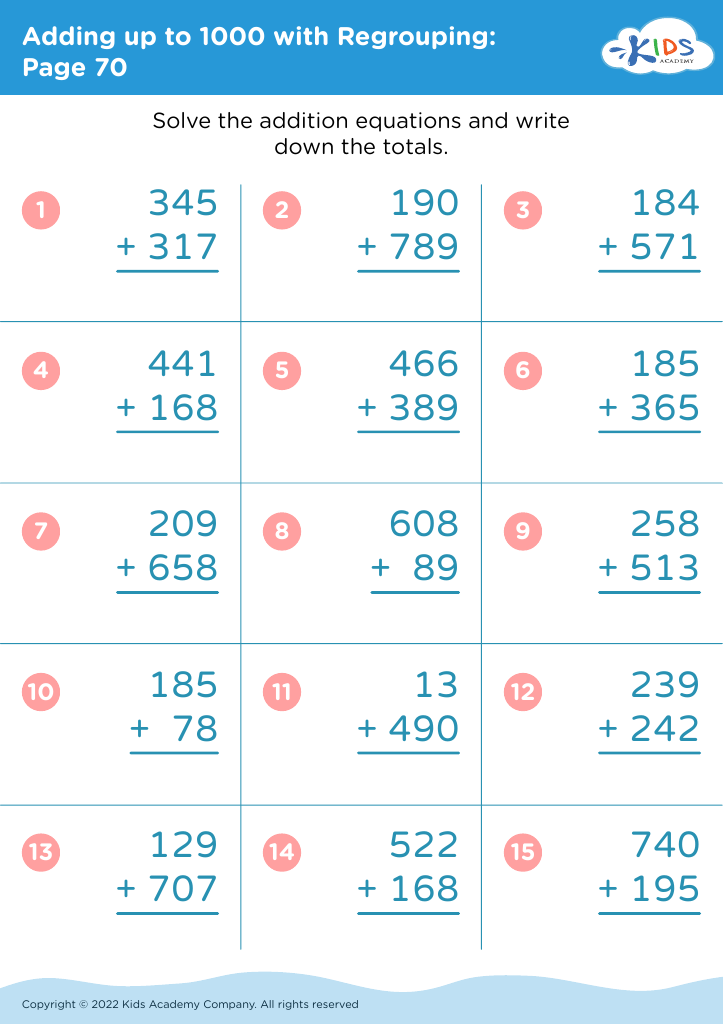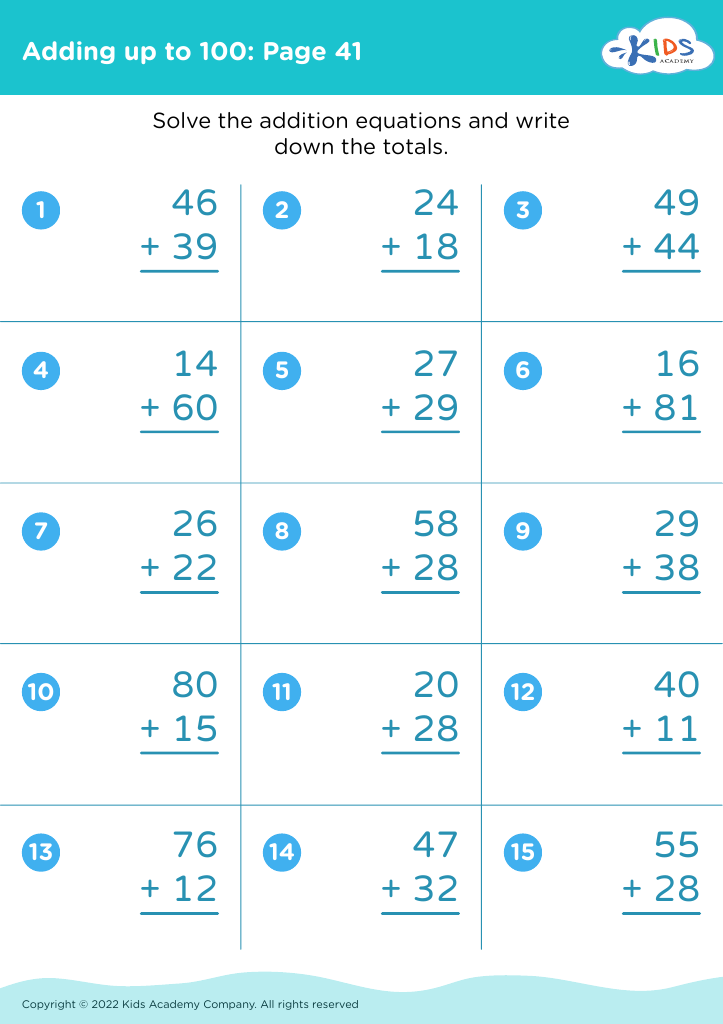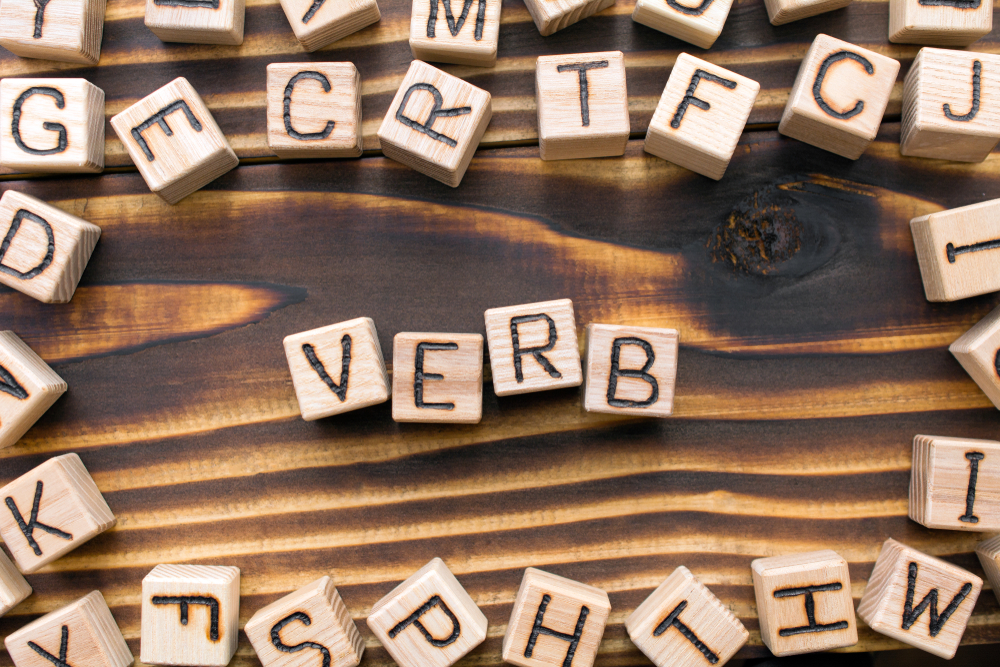Understanding Sequences Worksheets for Ages 7-8
20 filtered results
-
From - To
Explore our "Understanding Sequences Worksheets for Ages 7-8" designed to enhance your child's comprehension of sequences! These engaging worksheets provide fun activities to help young learners identify patterns and develop critical thinking skills. With colorful illustrations and interactive exercises, children will enjoy honing their abilities to recognize and create sequences through numbers, objects, and even daily routines. Tailored to meet age-specific learning milestones, our resources promote confidence and mastery in foundational math concepts. Discover a world of learning that makes understanding sequences both enjoyable and effective! Download our worksheets today to support your child’s educational journey!
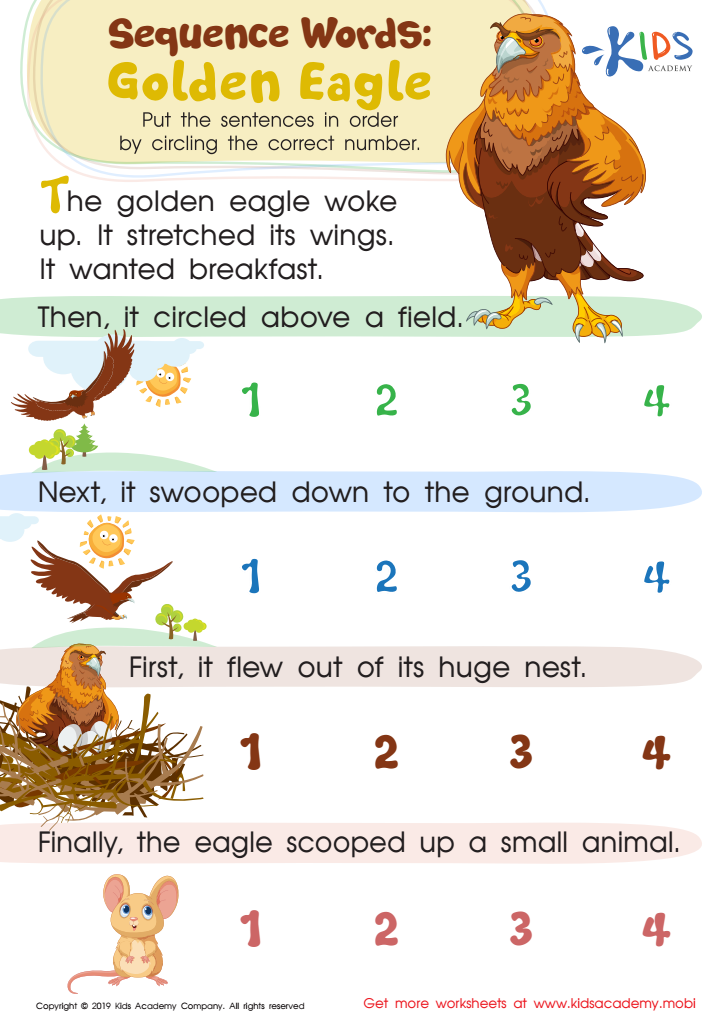

Sequence Word Eagle Worksheet
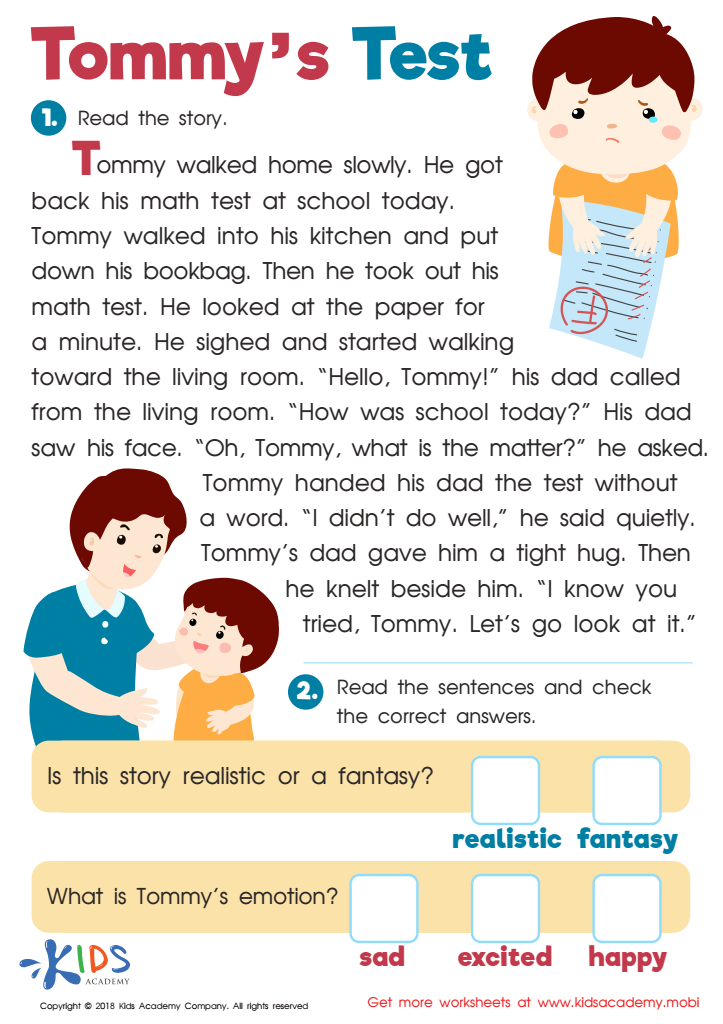

Tommys Test Worksheet
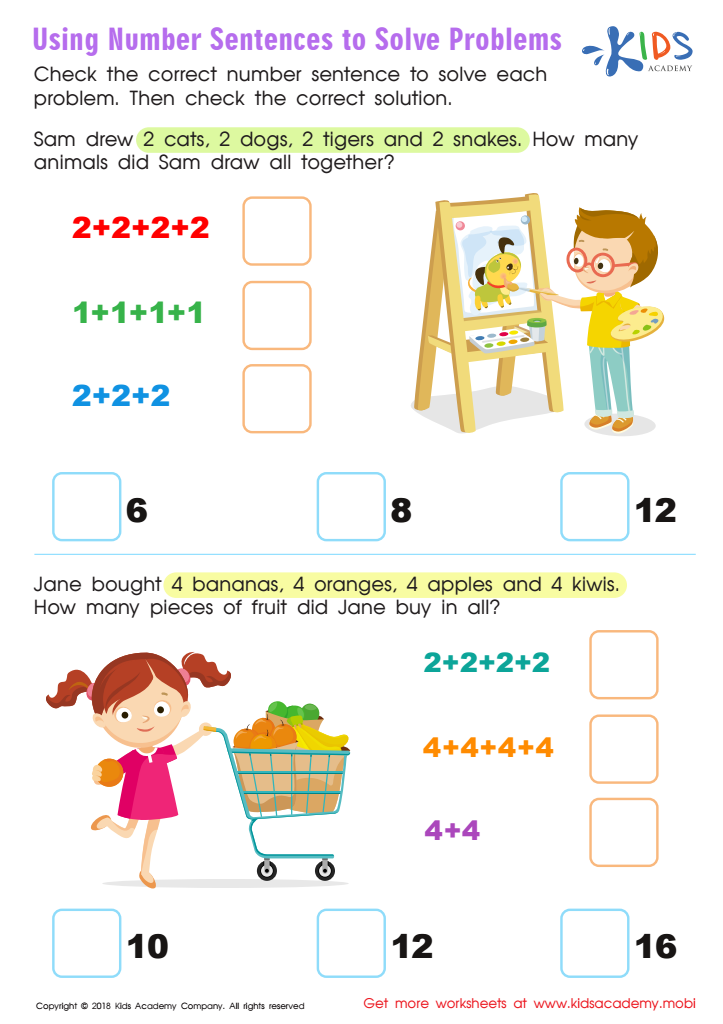

Using Number Sentences to Solve Problems Worksheet
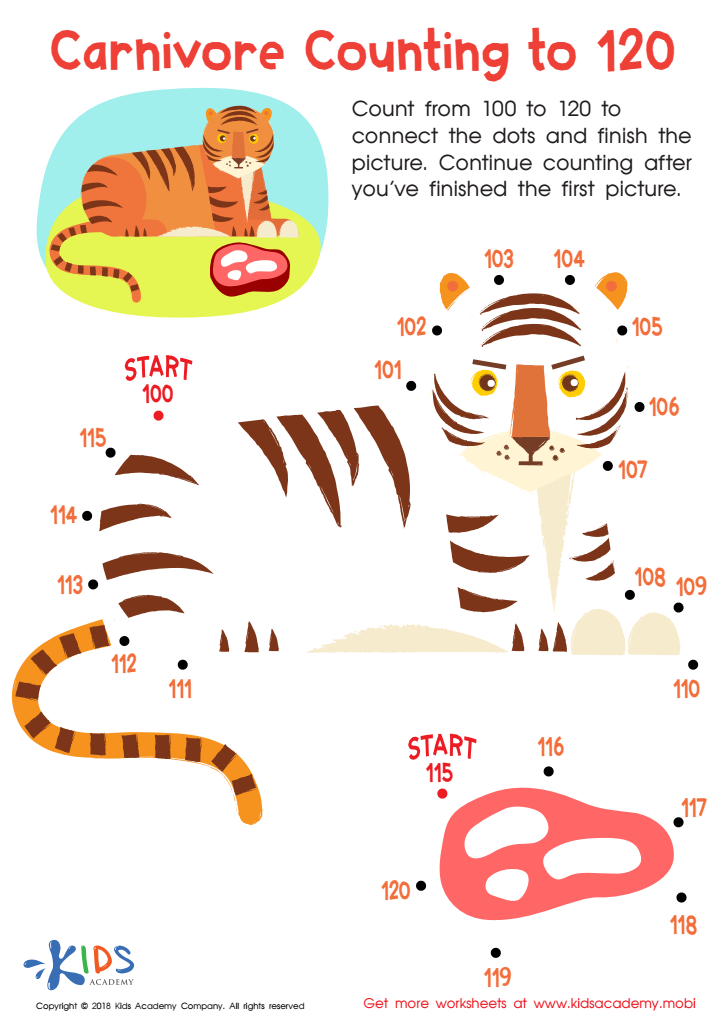

Carnivore Counting to 120 Worksheet


Sequencential Order Worksheet
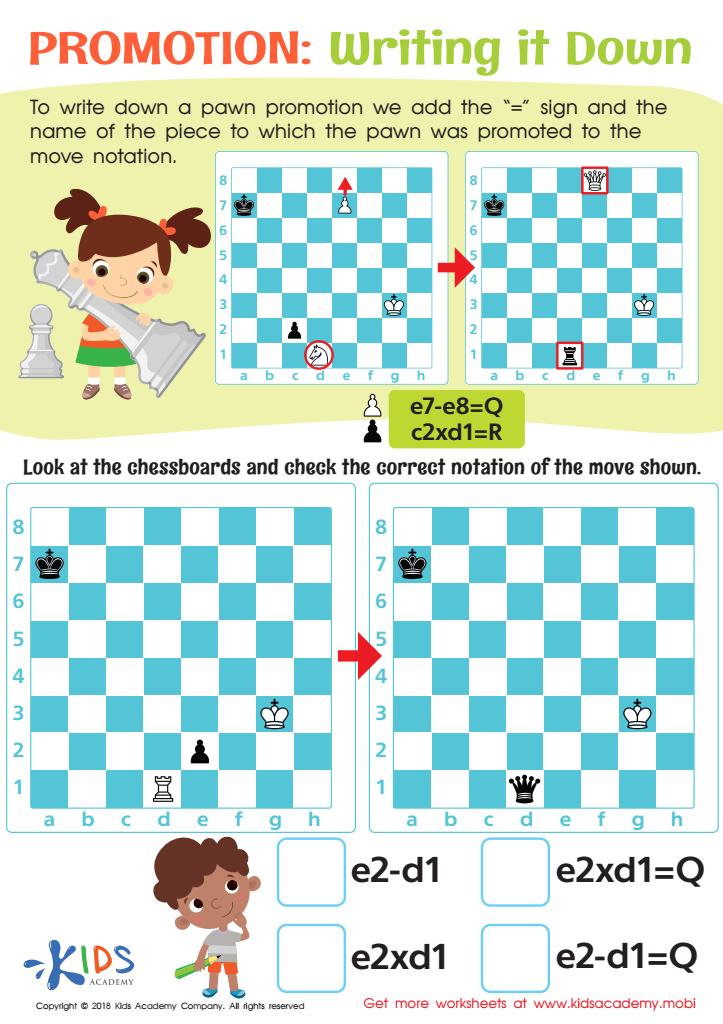

Writing it Down Worksheet
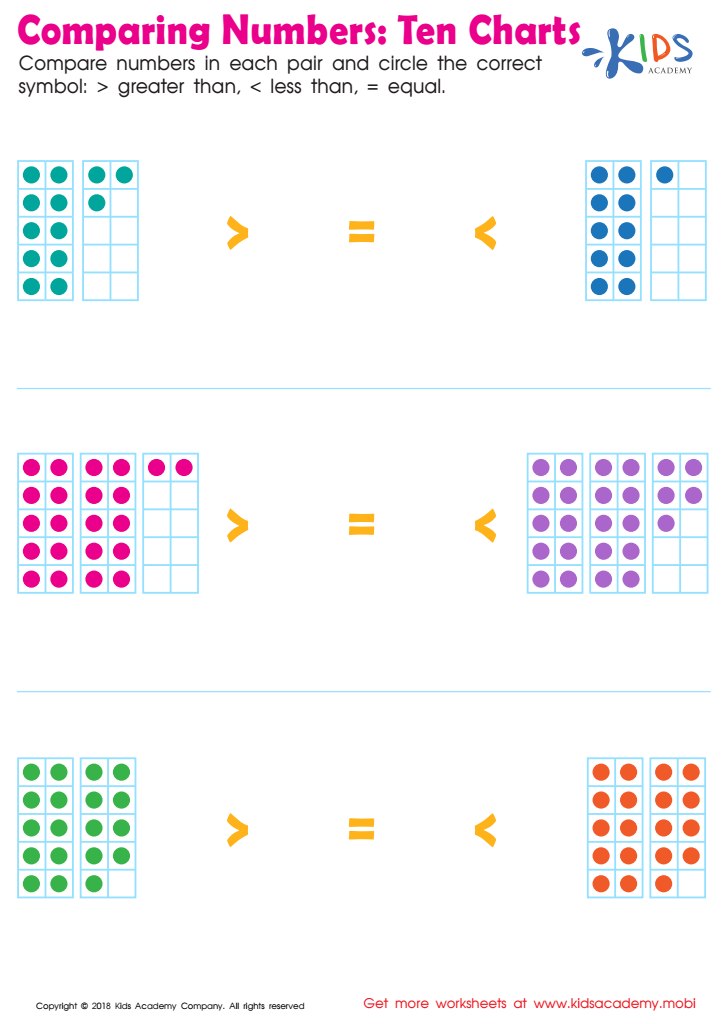

Ten Charts Worksheet
Understanding sequences is a fundamental skill for children aged 7-8 that lays the groundwork for both mathematical concepts and critical thinking. At this age, children begin to explore patterns and relationships in numbers, which are vital components in subjects like math and science. Recognizing and predicting sequences helps children develop logical reasoning and analytical skills, enabling them to better tackle problem-solving scenarios.
For parents and teachers, fostering a strong understanding of sequences can significantly influence a child's academic trajectory. This foundational concept enhances skills such as counting, addition, and subtraction, serving as a gateway to more complex topics like multiplication or division. By engaging children in activities that involve sequential reasoning—such as identifying patterns in numbers or everyday life—educators and caregivers can cultivate a child's enthusiasm for learning.
Moreover, understanding sequences isn’t confined to math. It encourages critical life skills, such as planning ahead and recognizing order in tasks, both of which are essential for personal and academic success. By prioritizing sequences in learning experiences, parents and teachers play a crucial role in equipping children with the cognitive tools they need to navigate their educational journeys effectively. Thus, it becomes an essential area of focus for holistic child development.

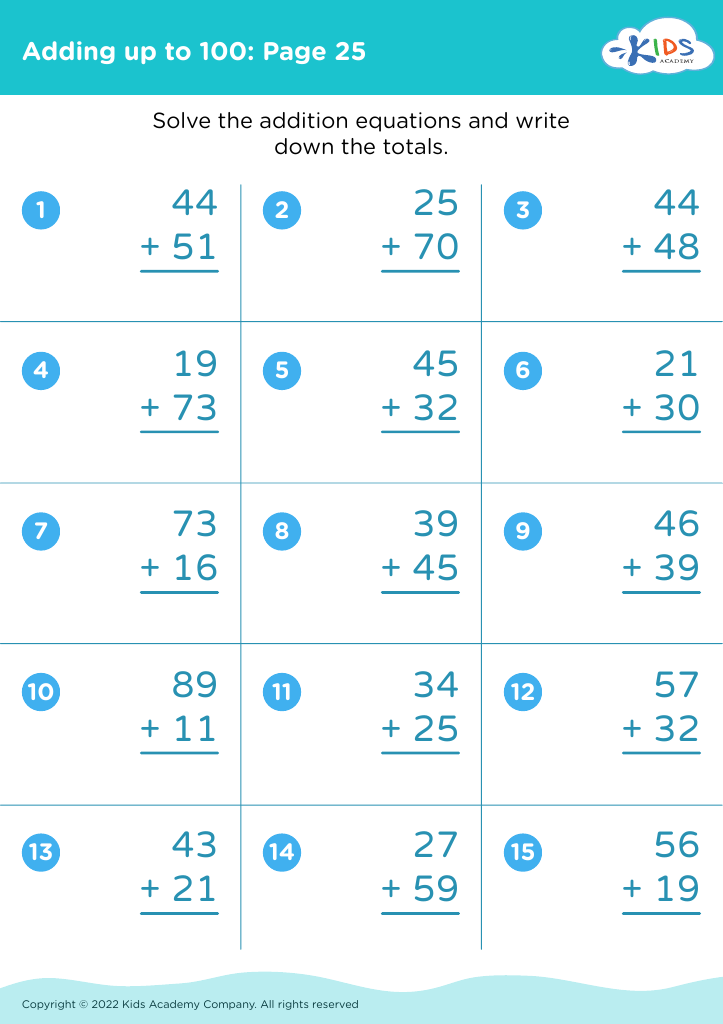
 Assign to My Students
Assign to My Students

